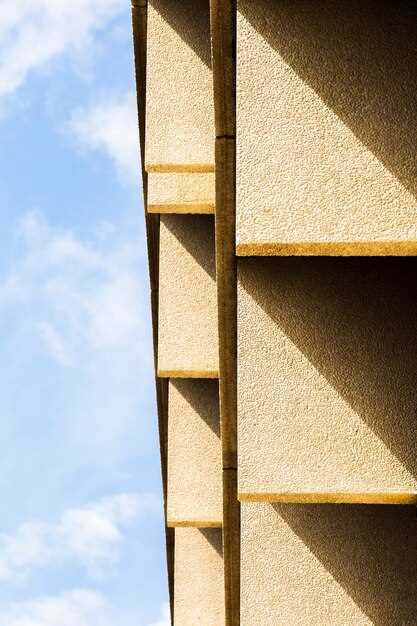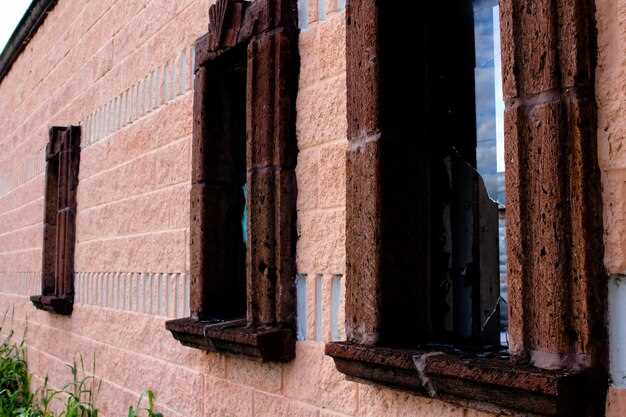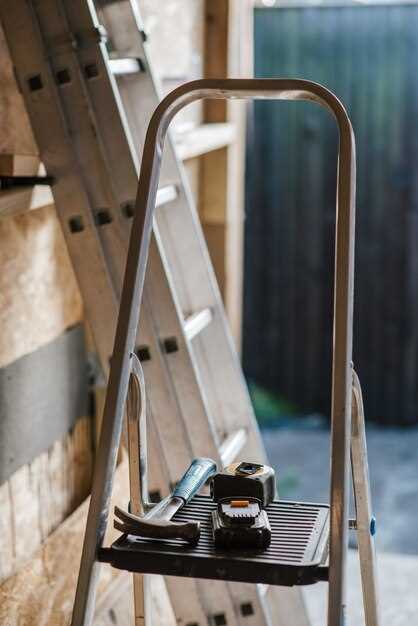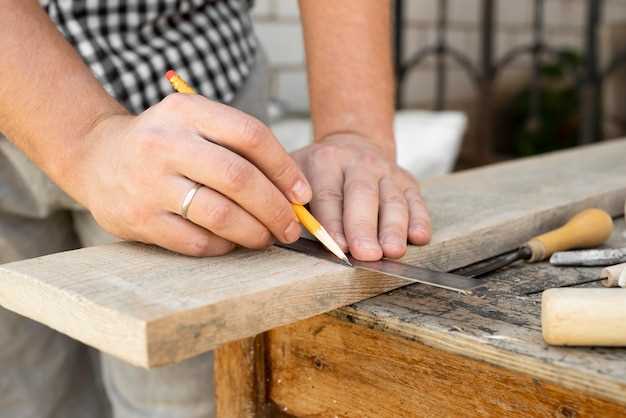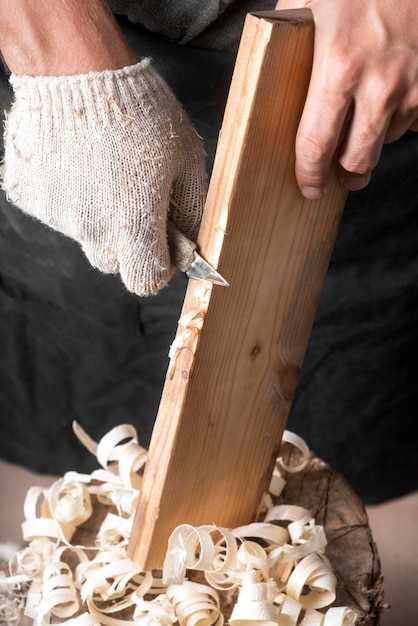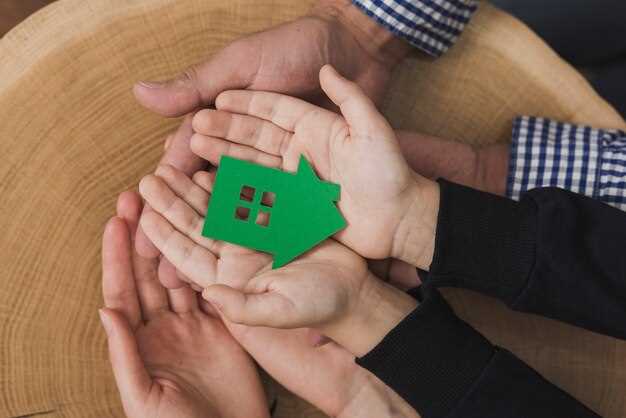Top Digital Platforms for Using Real Money in Online Casino Experiences
Digital casinos have transformed the way we experience gambling. One key to having a seamless online casino experience is the choice of payment platform. For those ready to immerse themselves in online casino experiences, PayPal stands as a premiere choice. Known for its robust security measures and extensive global presence, PayPal offers not only convenience but also additional layers of protection for your transactions. This choice is particularly favored by users looking to play in reputable online casinos—check out top-rated casino for real money options that support PayPal to avoid repeatedly sharing your credit or debit card details.
Next to consider is the increasingly popular cryptocurrency option. Platforms like Bitcoin have surged in popularity, especially among tech-savvy players who prioritize anonymity and low transaction fees. Several online casinos have embraced Bitcoin, offering enticing bonuses to users who choose this payment method. The speed of transactions is another appealing factor, with deposits and withdrawals processed significantly faster than with traditional banking methods.
For those who prefer more traditional finance institutions while enjoying modern ease, Skrill presents a viable alternative. As an e-wallet particularly tailored to the needs of casino enthusiasts, Skrill provides a straightforward interface and is accepted by a broad array of online casinos worldwide. With low fees and promotions designed for frequent users, Skrill has positioned itself as a favorite among regular gamers.
The last platform worth mentioning is Neteller, which shares similar features with Skrill but with its own loyal following. Known for instant deposits and quick withdrawal processing times, it’s trusted by many online casino platforms. Its user-friendly interface caters to those who value simplicity without compromising on security or reliability.
Choosing the right platform for your money transfers can greatly enhance your online gaming experience. Each option offers unique advantages that align with different user priorities—whether it’s security, speed, or simplicity. Evaluate your personal preferences and the specific offerings of each platform to make an informed decision. This way, you can enjoy your online casino adventures with peace of mind and focus purely on entertainment.
Leading Real Money Casino Platforms

Betway Casino stands out as a top choice for real money gaming. Boasting a user-friendly interface and a robust selection of slots, table games, and live dealer options, Betway provides an excellent balance of quality and variety. The platform is fully licensed and regulated, ensuring player safety and fairness. Additionally, Betway offers competitive bonuses and loyalty rewards, which enhance the gaming experience and increase your winning potential.
888 Casino offers an immersive experience with its sleek design and comprehensive game library. Known for its high-quality live casino games, 888 Casino provides an authentic gaming environment straight from your device. The platform supports multiple payment methods, making deposits and withdrawals seamless. Its strong reputation for security and customer service ensures a reliable casino experience for real money players.
LeoVegas Casino excels in mobile gaming, offering a seamless experience across all devices. With a vast array of games from top providers, LeoVegas caters to all gaming preferences. The casino’s lucrative welcome bonus is attractive to new players, while regular promotions keep longtime clients engaged. LeoVegas is licensed by the MGA, emphasizing its commitment to safe and responsible gaming.
Casumo Casino is renowned for its gamified approach, adding an extra layer of excitement to online gaming. Its intuitive design and easy navigation make it accessible for beginners and experienced players alike. Casumo offers a rich selection of games, from slots to jackpots, and provides fast payment processing, ensuring that your winnings reach your account quickly. Excellent customer support further enhances the experience, addressing queries with professionalism and speed.
Spin Casino is a favored choice for its wide game variety and enticing promotions. Known for its progressive jackpot slots, Spin Casino offers the potential for significant payouts. The platform supports major banking options and employs top-notch security measures to protect player information. With a well-organized interface and 24/7 customer service, Spin Casino ensures a smooth and enjoyable gaming session for real money enthusiasts.
Trustworthy Platforms with Strong Reputations
Betway stands out for its exceptional customer service and transparent operations. Licensed by the UK Gambling Commission and the Malta Gaming Authority, it consistently earns high ratings for security. Players appreciate its straightforward withdrawal processes and extensive range of games from reputable providers like Microgaming and NetEnt.
888 Casino, a leader since 1997, is renowned for its robust reputation in the online gaming industry. Listed on the London Stock Exchange, it provides a regulated environment ensuring fairness. Its in-house developed software offers unique gaming experiences, and the platform’s security protocols include 128-bit SSL encryption to protect user data.
PlayOJO breaks the mold with its no-wagering requirement policy, providing users complete access to winnings. Holding licenses from both the UK and Malta, its commitment to fair play is evident. The intuitive interface and partnerships with top software providers such as Evolution Gaming augment player experience without hidden pitfalls.
Casumo, awarded for its innovation, delivers excellence through gamified learning about responsible gambling. With licenses from multiple jurisdictions, it ensures compliance and player trust. Its customer-centric approach includes a variety of deposit methods and fast payouts, solidifying its reputation.
| Platform | Licenses | Key Feature |
|---|---|---|
| Betway | UKGC, MGA | Excellent customer service |
| 888 Casino | UKGC, Gibraltar | Unique in-house games |
| PlayOJO | UKGC, MGA | No wagering requirements |
| Casumo | MGA, UKGC | Gamified responsible gambling |
Payment Options for Secure Transactions
Prioritize using payment methods recognized for their security and reliability. Internationally trusted platforms such as PayPal and Skrill offer extensive protection features, making them excellent choices for online casino transactions.
- PayPal: Known for strong encryption and fraud detection, PayPal allows users to keep their financial information private. Coupled with a user-friendly interface, its deposit and withdrawal processes are both fast and secure.
- Skrill: It offers a robust security infrastructure, utilizing two-factor authentication and anti-fraud measures. Skrill’s prepaid card option provides added convenience, making it a popular choice.
- Credit and Debit Cards: Visa and MasterCard remain a staple due to their widespread acceptance and security protocols. They offer zero liability protection against fraudulent transactions, ensuring peace of mind.
- Cryptocurrencies: Bitcoin and Ethereum provide unparalleled security due to blockchain technology, ensuring anonymity and reducing the risk of information breach.
- Bank Transfers: Though slower, banks provide additional layers of verification and security features, making this option reliable for larger transactions.
Opt for casinos that offer encryption technology like SSL to safeguard all financial transactions. Review the licensing and regulatory compliance displayed on casino websites to ensure the platform’s legitimacy. Finally, always monitor your transactions for any unusual activity and reach out to customer support immediately if concerns arise.
User Interface and Experience Considerations
Prioritize a design that accommodates both seasoned players and newcomers. A clean layout with intuitive navigation enhances user satisfaction, directly impacting the duration they spend on the platform and their willingness to explore diverse gaming options.
- Visibility: Ensure prominent placement of essential elements such as account information, deposit options, and support. Use contrasting colors and symbols for quick recognition.
- Responsive Design: Some players may switch between desktop and mobile devices. Adapt the interface to maintain usability and functionality regardless of screen size.
- Loading Speed: Optimize assets to prevent delays. A slow interface can discourage user engagement, while rapid load times promote seamless interactions.
- Personalization: Allow users to customize their experience. Settings for display preferences, sound, and notification controls enable a more comfortable session tailored to individual tastes.
- Game Accessibility: Categorize games efficiently, and include search functions. Highlight popular or new games to guide user interest effectively.
- Feedback Mechanisms: Implement options for users to report issues or suggest improvements. Real-time chat or support ticket systems enhance trust and customer loyalty.
By focusing on these aspects, you create a digital environment that fosters engagement and satisfaction, offering users a seamless and enjoyable gaming experience.
Customer Support and Service Quality
Choose platforms that prioritize customer support by offering 24/7 live chat options. Many online casinos, like Betway and 888 Casino, provide real-time assistance to address immediate concerns. Seek platforms with multilingual support, ensuring clear communication regardless of your language preference. Check for responsive email and phone support; customers often report faster resolution times when multiple contact avenues are available.
Evaluate the casino’s reputation for service quality through customer reviews. Look for platforms with high user ratings on resolution efficiency. A good example is LeoVegas, which consistently receives praise for its prompt service and user-friendly interface.
Transparency is key. The best platforms provide detailed FAQs and help sections that empower users to solve issues independently. Online forums and community discussions are valuable resources for understanding a platform’s reliability and the quality of service.
Consider platforms that offer personalized support. Operators like PlayOJO invest in training their support staff to handle complex queries, ensuring a personalized and effective service. Remember to verify the support channels’ availability, as some smaller platforms may not offer around-the-clock service, which is critical for international users in different time zones.
A worthwhile practice is to test a platform’s support team with a minor query before committing to a large deposit. Responsiveness and professionalism in handling your query can be telling of how future issues might be resolved.
Bonuses and Promotions for Real Money Players
Start maximizing your online casino experience by taking full advantage of bonuses and promotions. Prioritize platforms that offer a variety of bonuses to boost your bankroll effectively. Here’s how to find the best deals:
- Sign-Up Bonuses: Most platforms offer generous welcome bonuses. These typically double your initial deposit or provide free spins. Ensure you understand the wagering requirements before commitment.
- Reload Bonuses: Look for casinos that offer reload bonuses, which reward existing players on subsequent deposits. These bonuses keep your gaming experience buoyant beyond the first interaction.
- Loyalty Programs: Choose platforms that value long-term players. Loyalty points earned through regular play can be exchanged for various rewards, including cash or exclusive bonuses.
- Weekly Promotions: Benefit from weekly promotions such as cashback, free spins, or tournaments. Regularly check promotional calendars to never miss an opportunity to maximize your winnings.
- No Deposit Bonuses: Seek out offers that let you explore games without risking your own money. These can be ideal for trying new slots or strategies without financial pressure.
- High Roller Bonuses: If your budget allows significant deposits, ensure the selected platform offers high roller bonuses. These can significantly enhance your gameplay with sizable bonus amounts.
Always read the terms and conditions associated with each bonus carefully. Pay attention to the wagering requirements, eligible games, and time limitations to strategically use each promotion to your advantage. This proactive approach enhances your gaming experience and leverages the full potential of the platform’s offerings.
Strategies for Safe and Responsible Gambling

Set a strict budget before beginning any gambling activity to avoid financial strain. This budget should include both your deposit limits and the maximum amount you’re willing to lose. Ensuring this boundary keeps the experience enjoyable and pressure-free.
Use time management techniques to avoid excessive gambling sessions. Allocate a specific timeframe for online casino play and strictly adhere to it, using alarms or reminders if necessary. Regular breaks can maintain clarity and prevent chasing losses.
Understand the terms and conditions associated with bonuses and promotions. Often, enticing offers come with wagering requirements and other conditions that might impact your spending if not fully understood beforehand.
Seek out platforms that promote responsible gambling tools, such as deposit limits, self-exclusion options, and loss-limit settings. These built-in features empower you to manage your gambling habits proactively.
Stay informed about the rules and odds of each game you play. Knowledge reduces risks and enhances decision-making, leading to a safer gaming experience. Choose games that align with your understanding and risk-taking comfort level, shifting from high-risk to low-risk options if needed.
If gambling affects your mental health, relationships, or finances, seek help immediately. Organizations such as Gamblers Anonymous provide resources and support networks for individuals seeking assistance.
Lastly, maintain a balanced lifestyle by prioritizing other hobbies and activities. Diversification of interests keeps gambling in perspective, ensuring it remains a fun and recreational activity rather than a dominating force in your life.
Recognizing and Using Secure Online Casinos
Prioritize checking a casino’s licensing information directly from regulatory bodies such as the UK Gambling Commission or the Malta Gaming Authority. These licenses ensure that the online casino operates legally and adheres to strict standards. Ensure transparency by verifying the license number on the regulator’s website.
Next, scrutinize the casino’s website security by confirming the presence of SSL encryption. Look for symbols like a padlock in the website address bar that indicate encrypted data transmission, keeping your information safe from third parties.
Explore casinos that offer games audited by independent agencies such as eCOGRA or iTech Labs. These audits verify that game outcomes are fair and unpredictable, enhancing trust in your gaming experience.
Examine available banking options. Secure casinos present a variety of reliable payment gateways including Visa, Mastercard, PayPal, or direct bank transfers, minimizing fraud risk during transactions. Additionally, consider casinos using two-factor authentication to bolster account security.
Read player reviews on platforms like Trustpilot or CasinoMeister. They provide insights into other players’ experiences with the casino’s payout reliability, customer service, and overall satisfaction, helping you make an informed choice.
Test their customer support efficiency by contacting them via live chat or email with questions. Quick, helpful responses indicate a genuine commitment to customer security and satisfaction.
Ultimately, responsible gambling tools are a good indicator of a secure casino. Features like deposit limits, self-exclusion periods, and links to gambling support organizations show the platform’s dedication to protecting player welfare.
Setting Limits to Manage Real Money Wagers
Set a maximum budget before you begin online gambling. Determine an amount you are comfortable losing and never exceed it. Allocate funds specifically for entertainment, ensuring these do not impact essential expenses like rent or bills.
Utilize built-in features provided by online casino platforms to establish deposit limits. Many platforms allow you to set daily, weekly, or monthly limits on deposits, ensuring you stay within your comfort zone.
Take regular breaks to assess your wagering habits. Schedule specific intervals to pause, allowing you to reflect on your activity and ensure you remain within your budget. This helps maintain control and prevents emotional decisions during highs or lows.
Monitor time spent on gambling activities. Use timers or alarms to remind yourself to take breaks. Limiting your time can prevent fatigue, which often leads to poor decision-making.
Educate yourself on the games you play. Understanding rules and odds can help manage expectations and reduce unnecessary losses. Well-informed players make smarter bets, which can enhance the overall experience without risking additional funds.
Finally, engage with responsible gambling tools offered by many online platforms. These include time tracking, self-assessment tests, and even self-exclusion options to ensure you play safely and responsibly.
Understanding Legal Regulations and Compliance
Recognize the importance of thoroughly researching the legal landscape of online casinos in your specific region. Laws vary widely between countries and even states, so ensure any platform you engage with is fully compliant with local regulations. Use government or official websites to verify this information, ensuring you are engaging in a lawful online gambling experience.
Consider only platforms with a valid license from recognized authorities. This serves as a primary indicator of trustworthiness and compliance. Common licensing bodies include the UK Gambling Commission, Malta Gaming Authority, and the Gibraltar Regulatory Authority. Being licensed not only means the platform meets jurisdictional laws but also adheres to stringent operational guidelines.
Pay close attention to the platform’s privacy policies and terms of service. Always scrutinize how your data is collected, stored, and protected. Compliance with global data protection regulations such as GDPR (General Data Protection Regulation) is essential. This ensures your personal information remains confidential and you are protected against data breaches and unauthorized access.
Check for responsible gambling measures implemented by the platform. These include self-exclusion options, deposit limits, and time-outs. Responsible operators will offer tools and resources to help users gamble responsibly, reflecting their compliance with ethical gambling practices and legal requirements.
| Licensing Authority | Jurisdiction | Description |
|---|---|---|
| UK Gambling Commission | United Kingdom | Regulates commercial gambling through strict licensing and control systems. |
| Malta Gaming Authority | Malta | One of the most respected licensing bodies; ensures fair and transparent gaming. |
| Gibraltar Regulatory Authority | Gibraltar | Focuses on maintaining high standards of compliance and fairness in online gambling. |
Stay informed about any changes in legislation that might affect your online gambling activities. Subscribe to updates from trustworthy news sources or legal advisories. This proactive approach not only enhances your gaming experience but also safeguards you from unexpected legal issues.
Q&A:

How secure are digital platforms for real money online casino play?
The security of digital platforms for real money online casino experiences is a top priority for both operators and users. Most reputable platforms utilize advanced encryption technologies to protect user data and financial transactions. Additionally, they undergo rigorous security audits to ensure compliance with industry standards. Always look for platforms licensed by reputable gaming authorities; this is a good indicator of their commitment to security.
What payment methods are commonly accepted on these platforms?
Many online casino platforms offer a range of payment options to accommodate global users. Commonly accepted methods include traditional credit and debit cards such as Visa and MasterCard, e-wallets like PayPal, Skrill, and Neteller, and even cryptocurrencies like Bitcoin and Ethereum for those who prefer alternative currencies. This variety allows players to choose the method that suits them best for convenience and speed.
How do these platforms ensure fair play in online casinos?
Fair play is ensured through the use of Random Number Generators (RNGs), which are regularly tested by independent agencies. These organizations verify that the games are random and fair, providing a level playing field for all users. Platforms with certification from agencies like eCOGRA or iTech Labs tend to be more reliable. It’s advisable for players to check for such certifications when choosing an online casino platform.
Are there any bonuses or promotions available for players using real money?
Many online casinos offer various bonuses and promotions to attract and retain players. These can include welcome bonuses, deposit match bonuses, free spins, and loyalty rewards. It’s important for players to read the terms and conditions of these offers, as they often come with wagering requirements that dictate how a player can withdraw winnings earned from bonus plays.
Can you play on mobile devices, and does the experience differ from desktop?
Yes, most online casino platforms offer mobile compatible versions or apps, providing flexibility for players who prefer to play on their smartphones or tablets. The mobile experience is often similar to desktop, with user-friendly interfaces and a good selection of games. However, the range of games might be slightly reduced on mobile due to platform requirements. Nevertheless, major platforms strive to offer a seamless experience across all devices.













